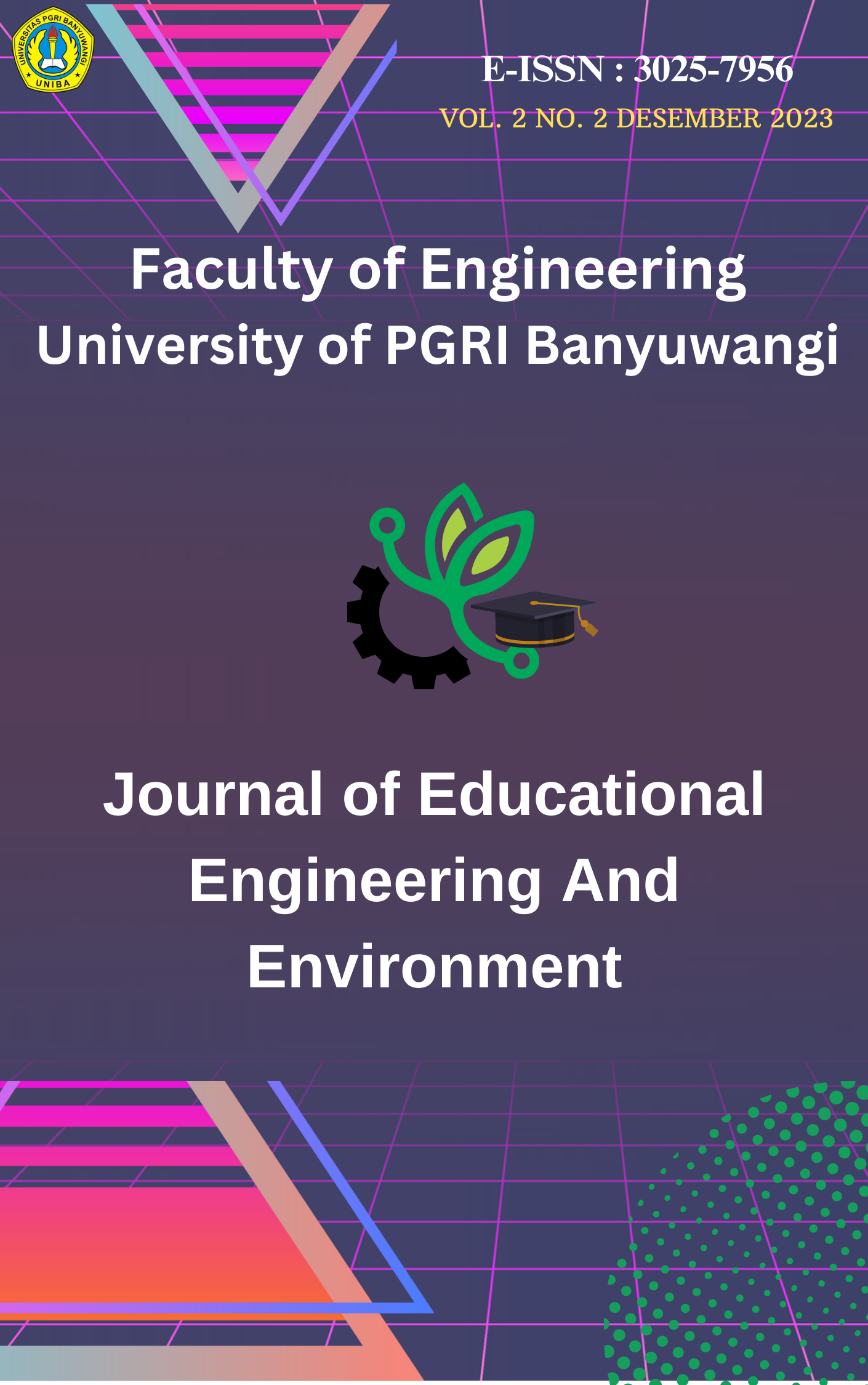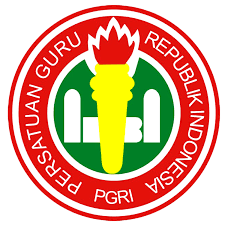Viscosity Test as an Initial Parameter for Handling B3 Liquid Waste in Fuel
DOI:
https://doi.org/10.36526/jeee.v2i2.3307Keywords:
Sludge oil, viscosity, B3 Waste, distilattionAbstract
Sludge oil is also defined as oil sludge that contains heavy metal compounds with characteristics that are difficult to clean with air. Therefore, oil sludge processing must follow the established B3 Waste Processing regulations. This research aims to provide information on viscosity tests as an initial parameter for B3 waste management methods. This research uses a distillation method using distilled water with a solvent volume ratio of 1:1 and 2:1 and a redwood viscosity test to obtain the viscosity value of the sample. The results of the research show that the effect of temperature on waste viscosity is negative exponential, while the effect of the distillation volume ratio on the viscosity of the sample volume compared to the solvent is that the viscosity value is greater.
References
A. M. Cahyani, M. Busyairi, and J. Nurdiana, “Prosiding Seminar Nasional XII "Rekayasa Teknologi Industri dan Informasi,” in Seminar Nasional XII" Rekayasa Teknologi Industri dan Informasi, 2017, pp. 282–287.
PERATURAN PEMERINTAH REPUBLIK INDONESIA. 2014, pp. 1–233.
E. Wardhani and D. Salsabila, “Analisis Sistem Pengelolaan Limbah B3 Di Industri Tekstil Kabupaten Bandung,” Jurnal Rekayasa Hijau, vol. 5, no. 1, pp. 15–26, Apr. 2021, doi: 10.26760/jrh.v5i1.15-26.
T. R. Sebayang, “Penanggulangan Limbah Sludge Oil di Bintan dalam Perspektif Konstruktivisme 1,” Jurnal Green Political Dynamics, vol. 1, no. 1, pp. 1–20, 2017, [Online]. Available: http://www.informaction.org/index.php?menu=menua.txt&main=oil_history.txt&s=Oil,
J. R. Nor, “Rancang Bangun Reaktor Destilasi Terkontrol Untuk Mengkonversi Oli Bekas Menjadi Bahan Bakar Diesel,” Jurna Teknik Mesin, vol. 1, no. 1, pp. 1–6, 2022.
T. Herdito and M. Lutfi, “Pemanfaatan Limbah Oli Bekas Menjadi Bahan Bakar High Speed Diesel (HSD),” Jurnal Sains Terapan, vol. 7, no. 2, pp. 57–64, 2021.
Azharuddin, A. Anwar Sani, and M. Ade Ariasya, “Proses Pengolahan Limbah B3 (Oli Bekas) Menjadi Bahan Bakar Cair Dengan Perlakuan Panas Yang Konstan,” Jurnal Austenit, vol. 12, no. 2, pp. 48–53, 2020.
M. Gottlie, “Zero-shear-rate viscosity measurements for polymer solutions by falling ball viscometry,” J Nonnewton Fluid Mech, vol. 6, no. 2, pp. 97–109, 1979.
O. : Dina, R. Rosalina, and N. Kadarisman, “Pengukuran Viskositas Minyak Goreng Pada Berbagai Variasi Suhu Dengan Menggunakan Sensor Fiber Optik The Measurement Of Viscosity Of Palm Oil With Temperatures Variation Using Fiber Optic SensoR,” Jurnal Fisika , vol. 2, no. 3, pp. 15–22, 2017.
A. H. Sebayang et al., “Optimization of bioethanol production from sorghum grains using artificial neural networks integrated with ant colony,” Ind Crops Prod, vol. 97, no. 1, pp. 146–155, 2017.
A. Bin Arif, W. Diyono, A. Budiyanto, and N. Richana, “Analisis Rancangan Faktorial Tiga Faktor Untuk Optimalisasi Produksi Bioetanol Dari Molases Tebu,” Jurnal Informatika Pertanian, vol. 25, no. 1, pp. 145–154, 2016.
R. Purwasih and D. H. Sutjahjo, “Pemanfaatan Limbah Pabrik Brem Sebagai Bahan Baku Bioetanol Untuk Bahan Bakar Alternatif,” JPTM, vol. 6, no. 2, pp. 25–36, 2017.
Downloads
Published
Issue
Section
License
This work is licensed under a Creative Commons Attribution-ShareAlike 4.0 International License.





















